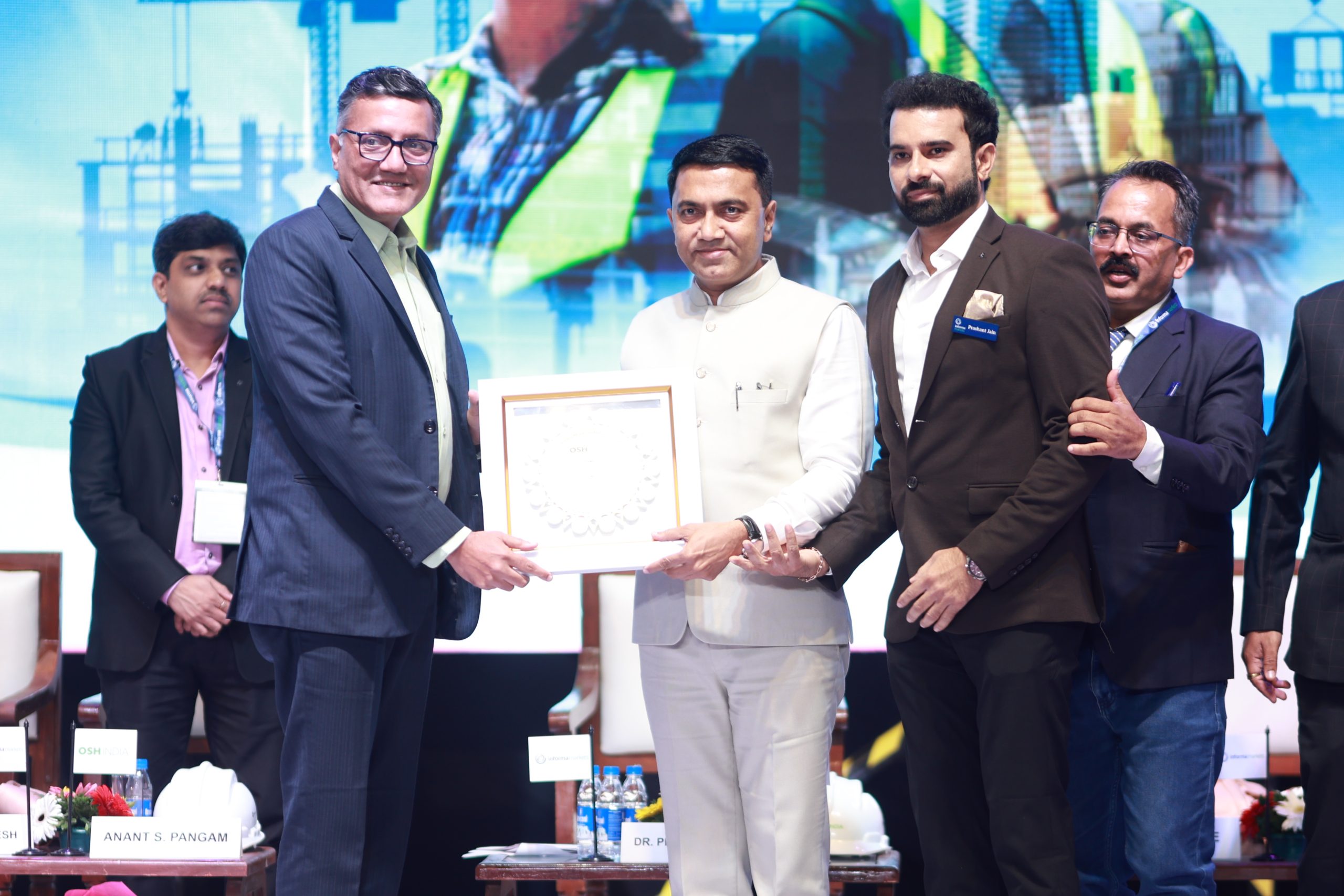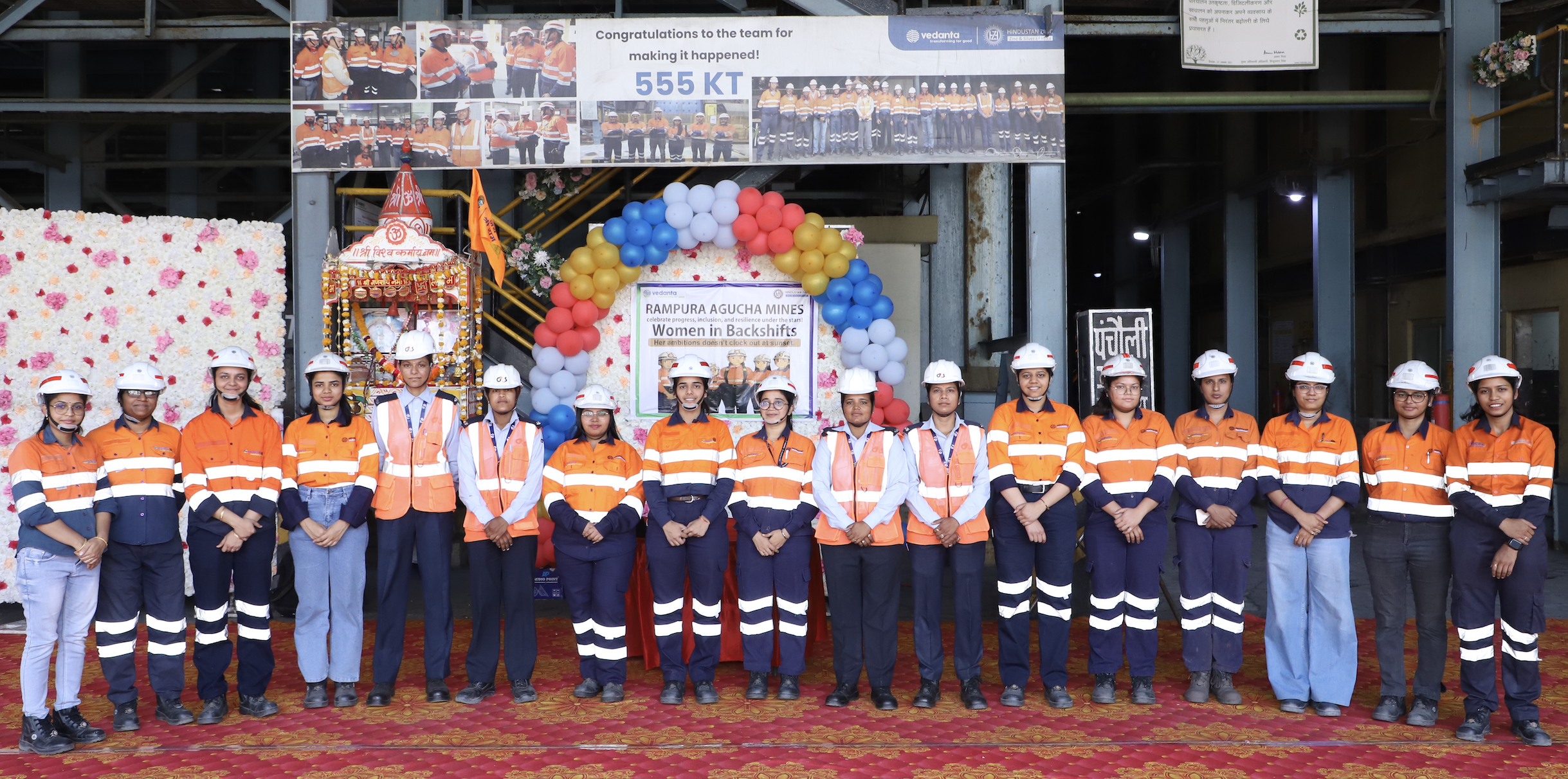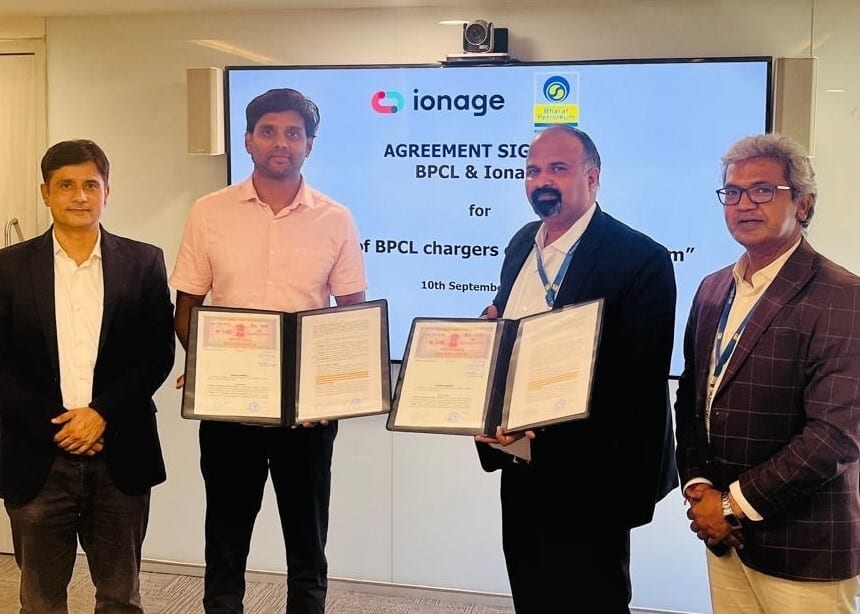LANXESS, the Germany based chemicals major, said that they will be focussing on Tepex, the continuous fiber-reinforced thermoplastic high-performance composites from its subsidiary Bond-Laminates. The hybrid technology using Tepex with polyamide 6 as an overmolding material has already done well in a large number of series applications in the lightweight design of automobiles.
“Our intention is to highlight the enormous potential for lightweight design opened up by our composites. To this end, we are showcasing a number of examples from lightweight design in automobiles, sports equipment such as soccer boots, and housing components for the consumer electronics industry,” explained Jochen Bauder, Managing Director at Bond-Laminates.
Bond-Laminates can produce them continuously in an industrial-scale process that enables the continuous fiber layers to be oriented at almost any angle in the thermoplastic matrix. It is even possible to achieve quasi-isotropic lay-ups. The designer can now orient the layers of continuous fibers precisely to the flow of forces in the part. The resulting composite components are designed with great precision to suit the load, and are therefore lightweight.
The new semi-finished products offer a forming freedom. Bond-Laminates uses special nesting programs to cut them into pre-contoured inserts for its customers so as to ensure minimal offcuts.
“It has particularly good flow properties while also exhibiting outstanding mechanical attributes. It also offers a large processing window and forms a material bond with Tepex,” said Dr. Martin Wanders, head of global applications development in the High Performance Materials (HPM) business unit at LANXESS.
According to LANXESS, it has particularly good potential for very thin-walled lightweight composite parts with large flow length/wall-thickness ratios.
Alternative to polypropylene in the DLFT process In Durethan B 24 CM H2.0 (previously Durethan TP 173-007), LANXESS has developed an alternative to polypropylene in the DLFT process (Direct Long Fiber Thermoplastics). Compared to conventional polyamide 6-based long-fiber compression molding compounds, the melt of this heat-stabilized material exhibits much better flow properties. It can also be processed fume-free at extrusion temperatures of 280 °C to 300 °C. Unlike polypropylene, it can withstand the drying temperatures that follow cathodic dip painting (CDP). At Composites Europe, LANXESS will be showcasing a trunk recess for a German sports car that was manufactured using this material on a standard production tool for polypropylene-based GMT (glass-mat-reinforced thermoplastics).










Leave a Reply